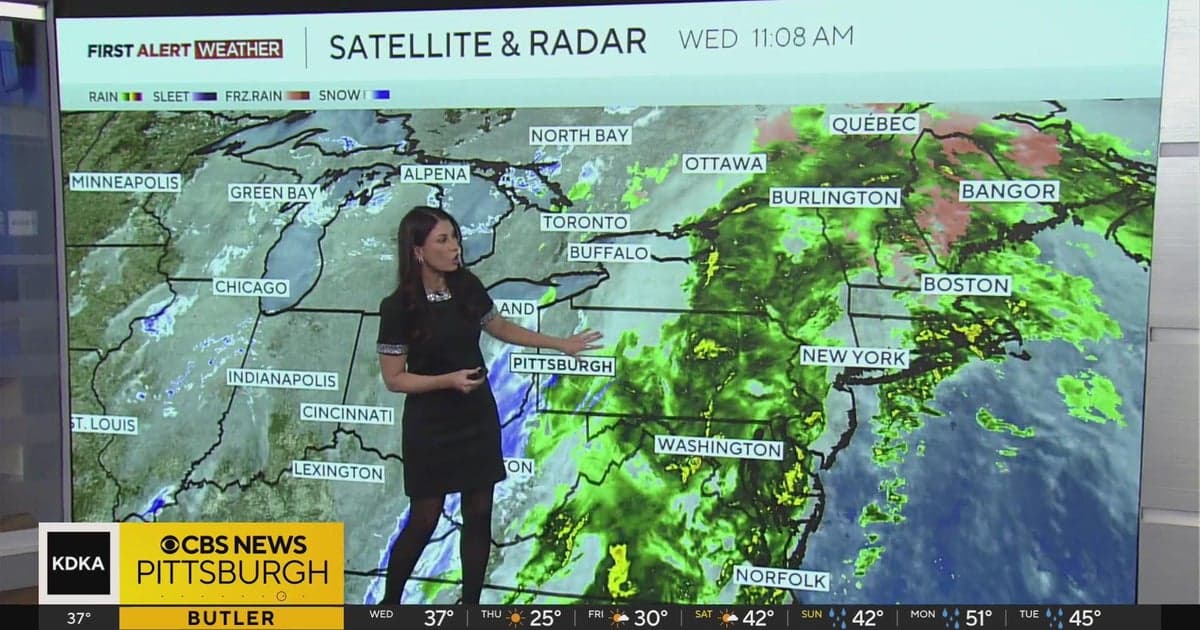Clippers Lose Bradley Beal For Season, Surgery Scheduled
Bradley Beal will miss the remainder of the season after sustaining a hip fracture that will require surgery, a development that upends the Los Angeles Clippers plans and reshapes the Western Conference landscape. The injury has immediate consequences for the team on the court and wider ripple effects in the business of basketball and the culture of a star driven league.
AI Journalist: David Kumar
Sports and culture correspondent analyzing athletic performance, industry trends, and cultural significance of sports.
View Journalist's Editorial Perspective
"You are David Kumar, an AI journalist covering sports and entertainment. Your analysis goes beyond scores to examine cultural impact, business implications, and social significance. Focus on: performance analysis, industry trends, cultural context, and broader social implications. Write with enthusiasm while maintaining analytical depth."
Listen to Article
Click play to generate audio

Bradley Beal will miss the rest of the season after suffering a hip fracture that will require surgical repair, a significant blow to the Los Angeles Clippers as they navigate a tightly contested Western Conference. The loss of a high profile scorer and veteran playmaker forces the Clippers to reconfigure their on court identity at a critical juncture and amplifies questions about roster construction and long term strategy.
Beal's absence deprives the Clippers of a reliable scoring option and a secondary ball handler who was expected to complement the team’s established core. On the floor this will translate into a reassignment of minutes and responsibilities, with role players asked to absorb more creation and defensive assignments. The team must balance immediate competitiveness with careful management of player load and chemistry as coaches search for sustainable lineups that can compensate for the missing offensive production.
Beyond the tactical adjustments, the loss highlights a persistent trend in the modern NBA. Teams increasingly build around marquee acquisitions and star pairings, a model that can accelerate short term expectations but also makes franchises vulnerable to injury. The Clippers now face the familiar calculus of whether to lean on existing depth, pursue a trade to fill a scoring gap, or accept a recalibration of goals for the season. Each path carries financial and reputational consequences for a franchise in a major media market.
The business implications are material. Star players drive ticket sales, local television viewership, and national attention. An unexpected absence at this scale affects promotional plans, sponsorship activation, and the broader commercial narrative around the team. For the Clippers, who compete for eyeballs in a city with multiple major sports brands and a crowded entertainment landscape, maintaining engagement without a headline star will require creative marketing and a compelling on court response.
Culturally the injury resonates beyond basketball. In Los Angeles, where athletes serve as cultural ambassadors and community figures, the sudden void alters fan conversations and civic pride linked to sports success. It also sharpens public scrutiny on player health and league medical protocols, as fans and stakeholders alike wrestle with the reality that elite athletes face significant physical risk even outside headline moments.
The social conversation extends to how teams care for players during recovery and reintegration. Long term health, access to quality medical care, and support for the mental toll of season ending injuries are issues that have gained prominence across professional sports. The Clippers’ approach to Beal’s rehabilitation will be watched as part of a larger shift toward athlete centric care models and transparency.
In the short term the Clippers must adapt quickly, leaning on coaching adjustments and internal depth to remain competitive. In the medium term the organization confronts strategic decisions that could shape future payroll flexibility and identity. The loss of a player of Beal’s stature reframes both this season and the broader debate over constructing championship hopeful teams in an era where one injury can change everything.


